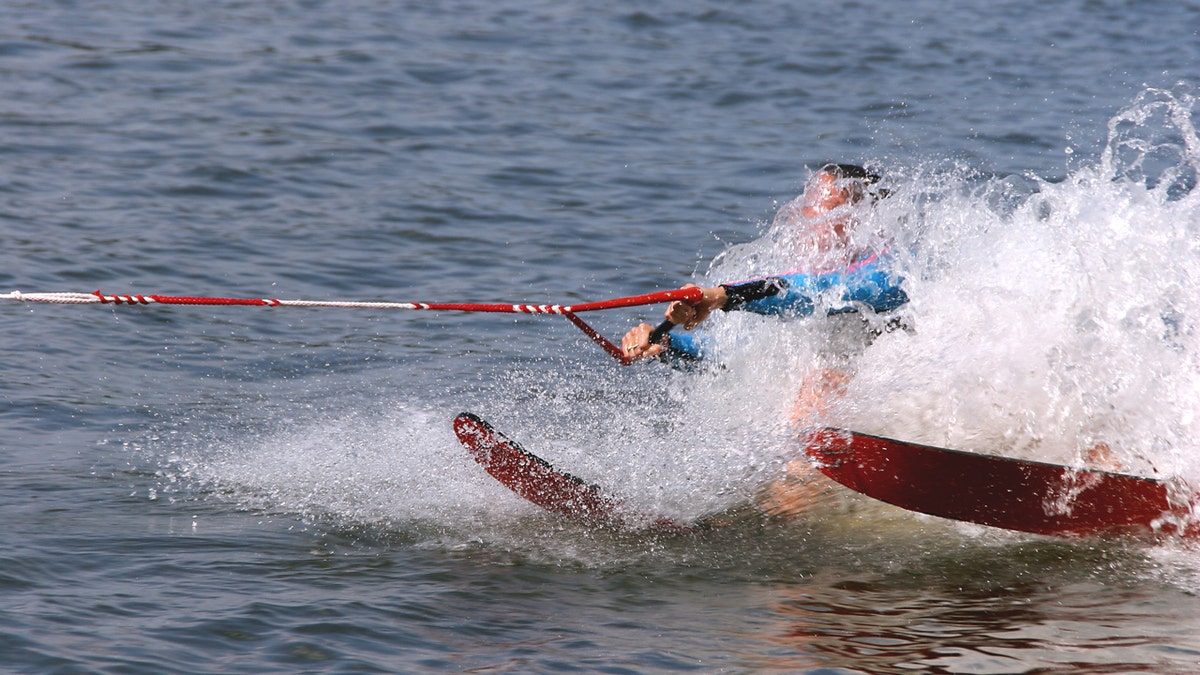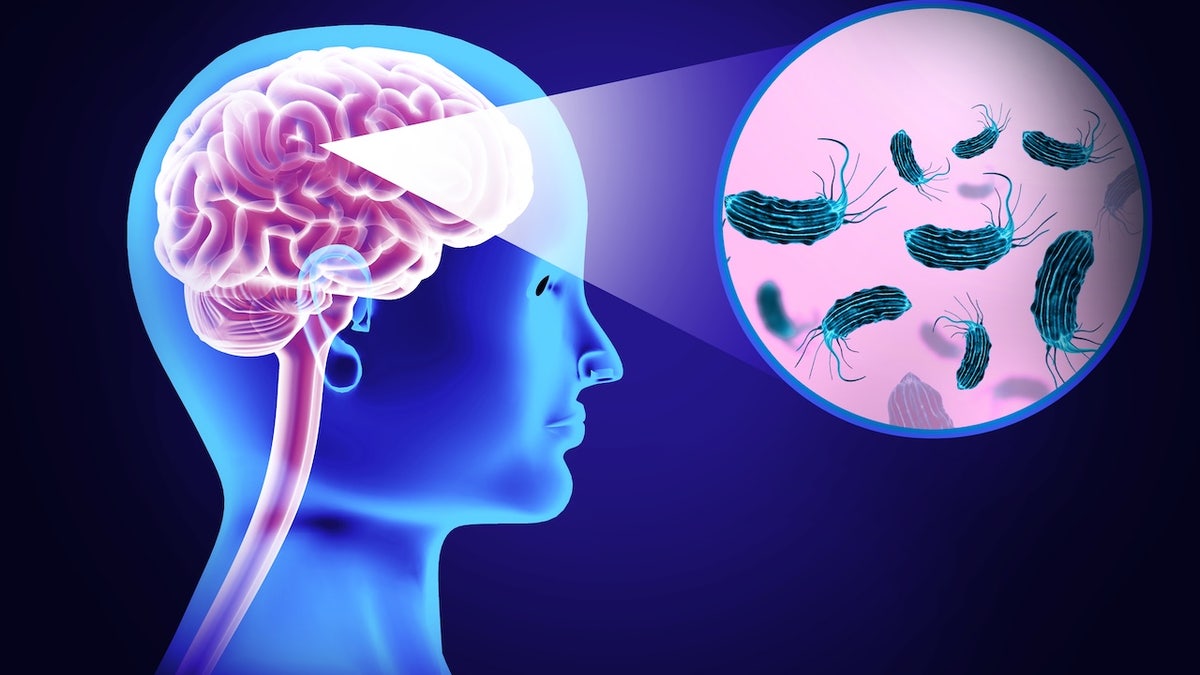

A Missouri resident has been infected with a rare brain-eating amoeba, possibly linked to water-skiing in the Lake of Ozarks.
The Missouri Department of Health and Senior Services (DHSS) confirmed the infection on Wednesday.
The unidentified adult is hospitalized in an intensive care unit and being treated for primary amebic meningoencephalitis (PAM), a deadly infection caused by Naegleria fowleri, commonly known as the brain-eating amoeba.
DEATH CONFIRMED FROM RARE AND DEADLY 'BRAIN-EATING AMOEBA' IN SOUTHERN LAKE
No other cases are suspected in the area at this time, the health agency stated in the press release.
While the source of the patient’s exposure has not been confirmed, the DHSS reported that the patient may have been water-skiing in the days leading up to the illness.

A Missouri resident (not pictured) has been infected with a rare brain-eating amoeba, possibly linked to water-skiing in the Lake of Ozarks. (iStock)
"Recreational water users should assume that Naegleria fowleri is present in warm freshwater across the United States; however, infection remains very rare," the agency stated.
Naegleria fowleri can be a risk when swimming in fresh water, as the amoeba can enter through the nose.
FOUR PEOPLE DEAD IN FLORIDA FROM FLESH-EATING BACTERIA FOUND IN COASTAL WATERS
The amoeba is most active in the months that the water temperature stays above 77F – July, August and September, according to health officials.
Infection in humans is very rare, with only 167 reported cases of PAM in the U.S. between 1962 and 2024.
The initial symptoms of PAM usually begin about five days after exposure, but they can be noticed sooner.
Early signs usually include headache, nausea, fever and/or vomiting, the CDC’s website states.

The amoeba is most active in the months that the water temperature stays above 77F – July, August and September, according to health officials. (iStock)
As the infection progresses, people may experience confusion, stiff neck, disorientation, hallucinations, seizures and coma.
"People usually start to feel ill one to 12 days after water exposure," Tammy Lundstrom, chief medical officer and infectious disease specialist for Trinity Health in Michigan, previously told Fox News Digital. "Early symptoms should prompt a medical evaluation, as they are also signs of bacterial meningitis."
Death can occur anywhere between one and 18 days of infection, at an average of five days.
To prevent potentially fatal infections, health officials recommended taking precautions when swimming in freshwater.
"Hold your nose shut, use nose clips or keep your head above water when taking part in activities in bodies of warm freshwater, especially if you jump or dive into the water," the Missouri health officials cautioned.

The unidentified adult is being treated for primary amebic meningoencephalitis (PAM), a deadly infection caused by Naegleria fowleri. (iStock)
Lundstrom reiterated that it's best to avoid immersing your head in the water when swimming in summer.
"Infection occurs when water harboring the amoeba goes up a person’s nose, usually during swimming," she previously told Fox News Digital. "It is not known why some people get infected and others, even swimming companions, do not."
Drinking contaminated water does not present a risk, and the infection does not spread from one person to another, Lundstrom added.
Because the amoeba is found in soil, the CDC also recommends avoiding stirring up the sediment at the bottom of lakes, ponds and rivers.
When a patient has been diagnosed with a brain-eating amoeba, treatment usually includes a variety of antifungal medications, as well as antibiotics like rifampin and azithromycin, according to Lundstrom.
Miltefosine, a newer antifungal drug, has been shown to kill Nagleria fowleri in laboratory tests and was used to treat some surviving patients, the CDC states on its website.
"Infection occurs when water harboring the amoeba goes up a person’s nose."
"However, the effect of all of these drugs on actual infected people is unknown due to the high fatality rate," Lundstrom noted.
Those who experience sudden headache, fever, stiff neck or vomiting — especially if they have recently been swimming in warm freshwater — should seek immediate medical attention, the CDC recommends.
For more Health articles, visit foxnews.com/health
Despite the infection’s high fatality rate, Lundstrom emphasized the rarity of cases.
"Millions of people enjoy swimming every summer, but only a few become infected," she said.
